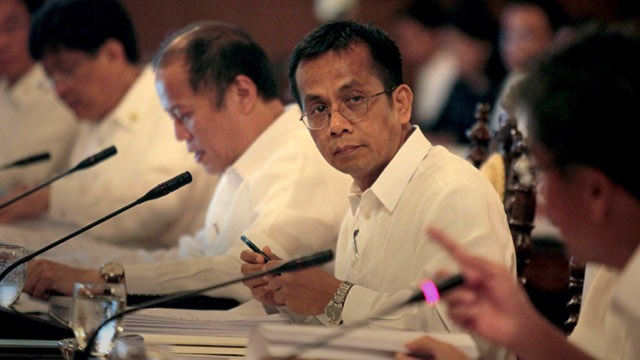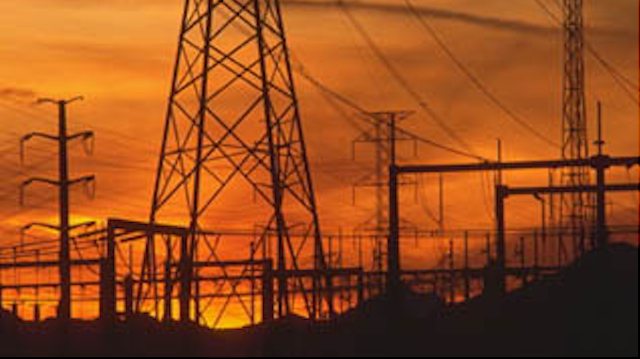SUMMARY
This is AI generated summarization, which may have errors. For context, always refer to the full article.

MANILA, Philippines – The 6.6% phenomenal growth rate of the Philippines 2012 has given birth to a new concern: possible blackouts.
The National Economic and Development Authority (NEDA) warned that if the economy continues to grow at the pace it has been growing, the country could face a power crisis in two to 3 years.
Socioeconomic Planning Secretary Arsenio M. Balisacan said this is the reason why the government is looking at power issues closely. Economic growth and electricity demand traditionally go hand-in-hand.
“Power is also an area that we are looking at closely because power, especially relatively inexpensive power, takes a long time to put in. Mga 3 years to 5 years ang gestation niyan eh, yung mga base loads [The gestation period for base loads is 3 to 5 years],” Balisacan said.
“If the economy continues to expand at 6% to 7%, our sense is that we’d be so constrained with power by 2015, 2016. So we need to get those power (projects) now,” he added.
He said that in order to prevent this, the government must heavily invest in power in the last few years of the Aquino administration.

Power problems
Balisacan said there are many issues in the power sector, particularly in renewables. He said while the country has a Renewable Energy Act, the operations of those off the grid are still very small and can only serve small communities.
He said these renewable are expensive for consumers and capital intensive for operators. Balisacan added that while there is a framework, pushing for more renewable power is still a “work in progress.”
The NEDA Chief also said in the last Philippine Development Forum (PDF) in Davao, the power problems of Mindanao were extensively discussed. He said some of the power cooperatives are being very selective of which areas they serve.
Balisacan said power cooperatives are focusing on communities or areas that pay. This leaves many more unserved and underserved areas scrimping for power in Mindanao.
This, he said, has to be resolved in the soonest possible time mainly because Mindanao’s power issues are expected to persist in the next two to three years. He said there is a serious need to diversify power in the region.
Balisacan said while there was an oversupply in power in the Visayas that Mindanao could tap into, it will take a few more years before the region can tap into this and a lot of investment.
The main focus for Mindanao should be to diversify its power sources especially now that climate change is causing sudden weather disturbances.
“In the longer term, you may have to connect with the mindanao grid so if there is a shortage sa mindanao they can tap the excess power supply in the Visayas. (But) I was told it would take a couple of years, its not that easy. It’s very capital intensive. That means in the next 2 to 3 years MIndanao will simply have to rely on power generated from its own shores,” Balisacan said. – Rappler.com
Add a comment
How does this make you feel?















There are no comments yet. Add your comment to start the conversation.